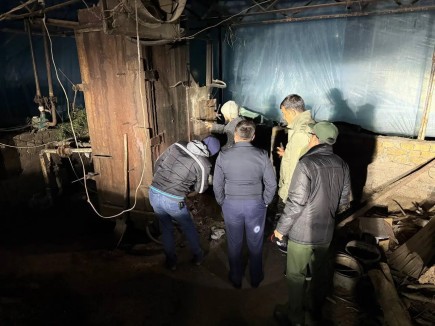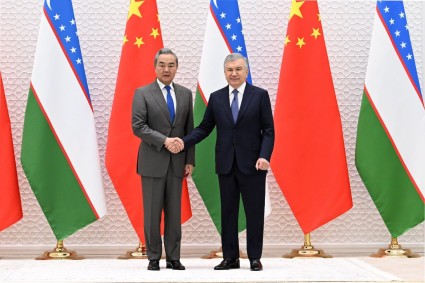Journey time between Tashkent and Samarkand on the new high-speed railway will be reduced to 1.5 hours. This follows from a presentation by Deputy Minister of Transport Jasurbek Choriev at the third public-private partnership roundtable discussion.
According to him, the feasibility study for the project was prepared with the support of the Eximbank of Korea, which provided a grant. The new Hyundai Rotem trains, previously purchased, will begin arriving in Uzbekistan later this year, with the first trains scheduled to enter service in early 2026.
According to Jasurbek Choriev, the capacity of the existing railway network is limited due to the simultaneous use of lines for passenger and freight traffic.
"Simultaneously using one line for passenger and freight traffic seems impossible. We can optimize operational issues, but for qualitative improvement, a separate high-speed line is necessary," he noted.
A high-speed railway will connect the new Tashkent International Airport with the "heart" of Samarkand.
Three Options
On October 24, the South Korean company Saman Engineering presented three possible route options for the Tashkent-Samarkand railway.
Option One:
Length - 282 km;
Travel time - 1 hour 26 minutes;
Average speed - 185.7 km/h;
Infrastructure: 74 bridges, 3 tunnels with a total length of 8.9 km.
Option Two:
Length - 291.7 km;
Travel time - 1 hour 33 minutes;
Average speed - 179.4 km/h;
Infrastructure: 82 bridges, 1 tunnel with a total length of 16 km.
Option Three:
Length - 302 km;
Travel time - 1 hour 45 minutes;
Average speed: 166.9 km/h;
Infrastructure: 105 bridges, 2 tunnels with a total length of 9.6 km.
Current travel time on Afrosiyob trains is approximately 2 hours and 13 minutes.
President Shavkat Mirziyoyev announced plans last September to build a new railway along the Tashkent-Samarkand and Samarkand-Navoi-Bukhara routes for high-speed trains.
The feasibility study was developed by a consortium of Korean companies, including Saman Engineering, Dong Myeong Engineering Consultants & Architecture Co., Korea Railroad Corporation, and Korea National Railway. The project is being financed with a grant from the Eximbank of Korea.














